Author: Jordan Folks
Named for the aromatic dance of tropical fruit it imparts to beer, Zamba is the first proprietary release from the BSG Hop Solutions Program, which serves as an incubator for hops and hop products innovation. Zamba is marketed as being ideal for late kettle and dry hop additions due to its ability to contribute pungent pineapple, mango, tangerine, and candy-like notes to hoppy styles like IPA and Pale Ale.
Alpha: 8 – 12%
Beta: 4 – 6%
Cohumulone: 28 – 32% of alpha acids
Total Oil: 1.5 – 2.5 mL/100g
Myrcene: 60 – 70%
Humulene: 9 – 13%
Caryophyllene: 5 – 8%
Farnesene: 1 – 4%
Linalool: unknown
Geraniol: unknown
ß-Pinene: unknown
Parentage: proprietary hop blend
When I first learned about Zamba hops, I was immediately intrigued, as the description was right up my hop-loving alley. I was fortunate enough to receive some samples at the 2023 HomebrewCon, and wanting to learn more about this novel hop blend, I decided to put them to use in a Hop Chronicles Pale Ale.
| MAKING THE BEER |
I went with our standard Hop Chronicles Pale Ale recipe for this batch, making sure to adjust the kettle hop additions to keep the bitterness in check.
Zamba Pale Ale
Recipe Details
| Batch Size | Boil Time | IBU | SRM | Est. OG | Est. FG | ABV |
|---|---|---|---|---|---|---|
| 5.1 gal | 60 min | 42.6 | 4.3 SRM | 1.046 | 1.008 | 4.99 % |
| Actuals | 1.046 | 1.008 | 4.99 % | |||
Fermentables
| Name | Amount | % |
|---|---|---|
| Pale 2-Row Malt | 10 lbs | 83.33 |
| Barke Vienna Malt | 2 lbs | 16.67 |
Hops
| Name | Amount | Time | Use | Form | Alpha % |
|---|---|---|---|---|---|
| Zamba | 14 g | 60 min | Boil | Pellet | 7.6 |
| Zamba | 14 g | 30 min | Boil | Pellet | 7.6 |
| Zamba | 28 g | 10 min | Boil | Pellet | 7.6 |
| Zamba | 57 g | 2 min | Boil | Pellet | 7.6 |
| Zamba | 57 g | 2 days | Dry Hop | Pellet | 7.6 |
Yeast
| Name | Lab | Attenuation | Temperature |
|---|---|---|---|
| Pilgrimage (L26) | Imperial Yeast | 77% | 44.1°F - 55.9°F |
Notes
| Water Profile: Ca 79 | Mg 5 | Na 10 | SO4 131 | Cl 40 |
Download
| Download this recipe's BeerXML file |
I started off my brew day by flipping the switch on my controller to heat up the RO water I’d previously adjusted to my desired profile before weighing out and milling the grain.
When the water was properly heated, I incorporated the grains and set the controller to maintain my desired mash temperature of 148°F/64°C.
During the mash rest, I prepared the kettle hop additions.
Once the 60 minute mash rest was complete, I removed the grains and proceeded to boil the wort for 60 minutes, after which the wort was chilled during transfer to a fermentation keg.
A refractometer reading showed the wort was at 1.046 OG.
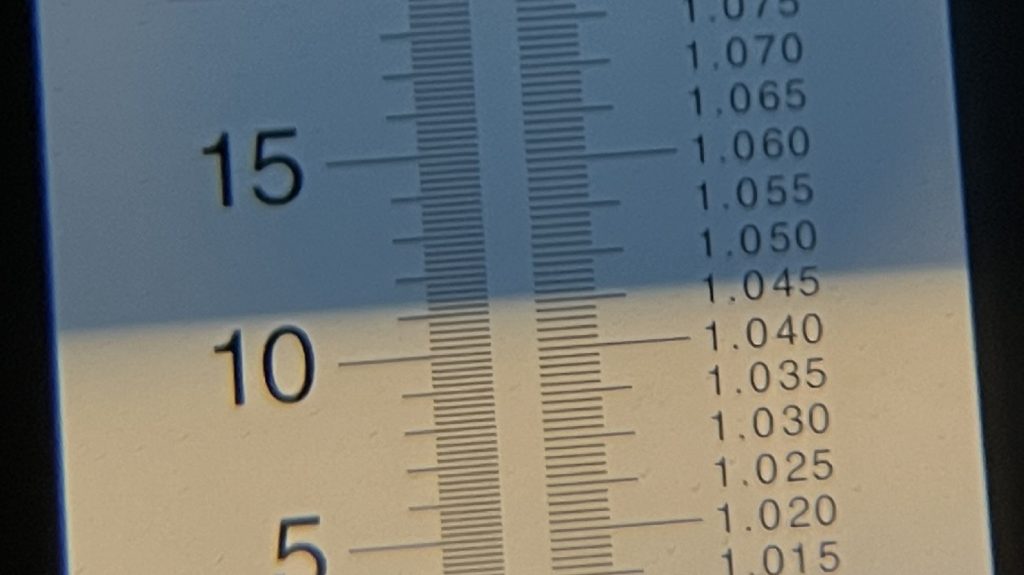
Next, I pitched a pouch of Imperial Yeast L26 Pilgrimage into the wort, straying a bit from our standard yeast for this series as a bit of a personal test.
The beer was left to ferment at 66°F/19°C for 2 weeks before I took a hydrometer measurement confirming FG was reached.
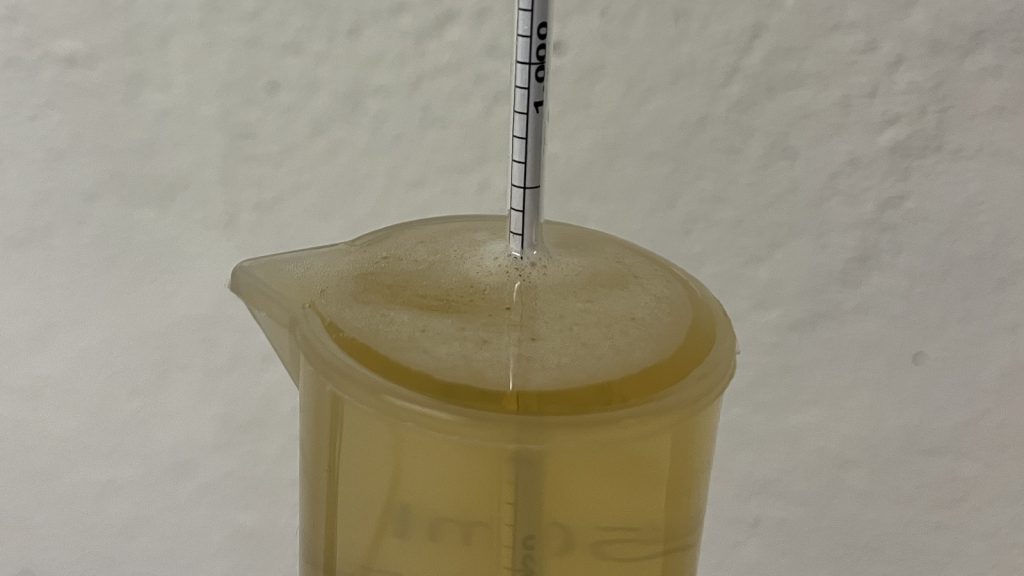
With fermentation complete, I pressure-transferred the beer to a CO2 purged keg. The filled keg was placed in my keezer and burst carbonated overnight before I reduced the gas to serving pressure. After a week of conditioning, the beers was carbonated, clear, and ready for evaluation.
| METHOD |
Participants were instructed to focus only on the aromatic qualities of the beer before evaluating the flavor. For each aroma and flavor descriptor, tasters were asked to write-in the perceived strength of that particular characteristic on a 0-9 scale where a rating of 0 meant they did not perceive the character at all and a 9 rating meant the character was extremely strong. Once the data was collected, the average rating of each aroma and flavor descriptor was compiled and analyzed.
| RESULTS |
A total of 19 people participated in the evaluation of this beer, all blind to the hop variety used until after they completed the survey. The average aroma and flavor ratings for each descriptor were plotted on a radar graph.
Average Ratings of Aroma and Flavor Perceptions
The 3 characteristics endorsed as being most prominent by participants:
| Aroma | Flavor |
| Tropical Fruit | Citrus |
| Citrus | Tropical Fruit |
| Stone Fruit | Stone Fruit |
The 3 characteristics endorsed as being least prominent by participants:
| Aroma | Flavor |
| Onion/Garlic | Onion/Garlic |
| Dank/Catty | Resinous |
| Resinous | Pine |
Next, participants were asked to rate the pungency/strength of the hop.
Tasters were then instructed to identify beer styles they thought the hop would work well in.
Finally, participants were asked to rate how much they enjoyed the hop character on a 0 to 10 scale.
My Impressions: This was easily the best single-hop beer I’ve ever brewed, bursting with fresh tropical and stone fruit notes that paired beautifully with the simple malt bill of this Pale Ale.
| CONCLUSION |
Whereas brewers typically combine various single hop varieties to produce unique aroma and flavor profiles, BSG recently released Zamba, a proprietary blend designed primarily for use in modern hoppy ale. Purported to impart intense notes of tropical fruit, stone fruit, and candy-like characteristics to beer, Zamba is a shoo-in for later hop additions, though with its substantial alpha acid content, it is an effective bittering variety as well.
The most prominent aroma and flavor characteristics noted by people who evaluated a Pale Ale made solely with Zamba were tropical fruit, citrus, and stone, which aligns well with existing descriptions of this blend. Less desirable onion/garlic, dank/catty, and resinous notes were among the lowest rated descriptors. Moreover, tasters overwhelmingly felt this beer possessed modern hop pungency, and predictably, IPA and APA were the styles most tasters felt it would work well in.
Based on the description provided by BSG, I had high hopes for this single-hop Zamba Pale Ale, and my experience with this beer surpassed my expectations. Pungent tropical fruit notes of ripe pineapple and mango gave way to delightful citrus characteristics that came together to create a well-rounded and full-flavored beer with an assertive yet clean bitterness. I will absolutely be using more Zamba in the future, and while I thoroughly enjoyed this single-hop Pale Ale, I look forward to seeing how it plays with other varieties.
Zamba hops are currently available now at MoreBeer, get some while you can! If you have any thoughts on this variety, please feel free to share them in the comments section below.
Support Brülosophy In Style!
All designs are available in various colors and sizes on Amazon!
Follow Brülosophy on:
FACEBOOK | TWITTER | INSTAGRAM
If you enjoy this stuff and feel compelled to support Brulosophy.com, please check out the Support page for details on how you can very easily do so. Thanks!

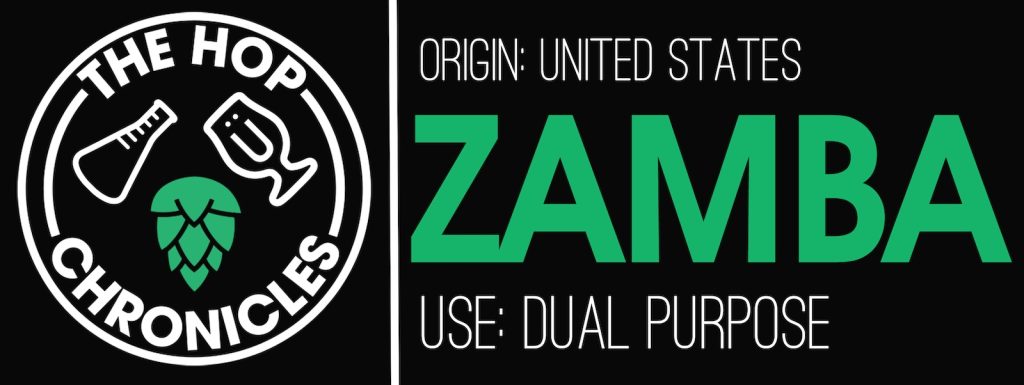

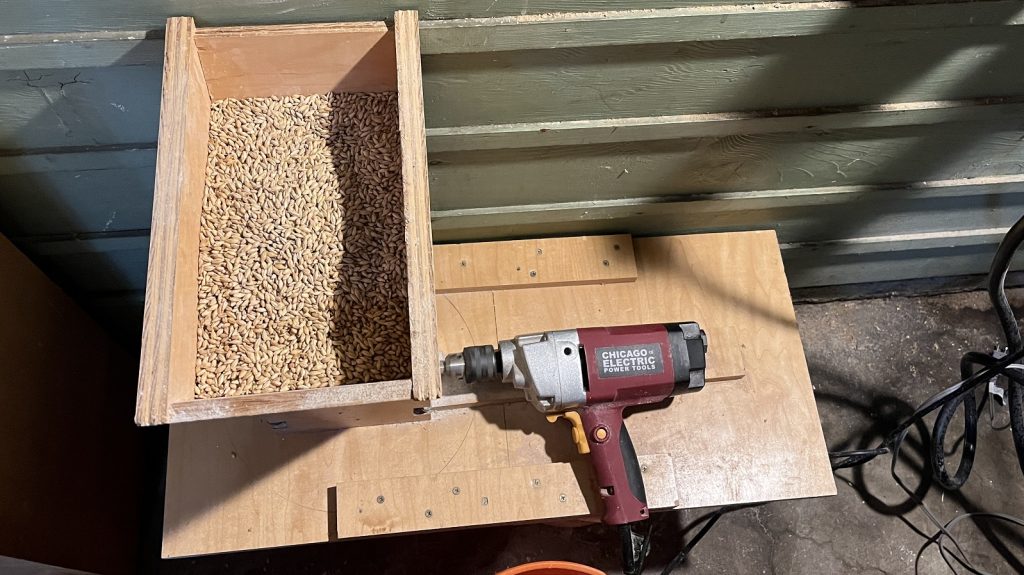
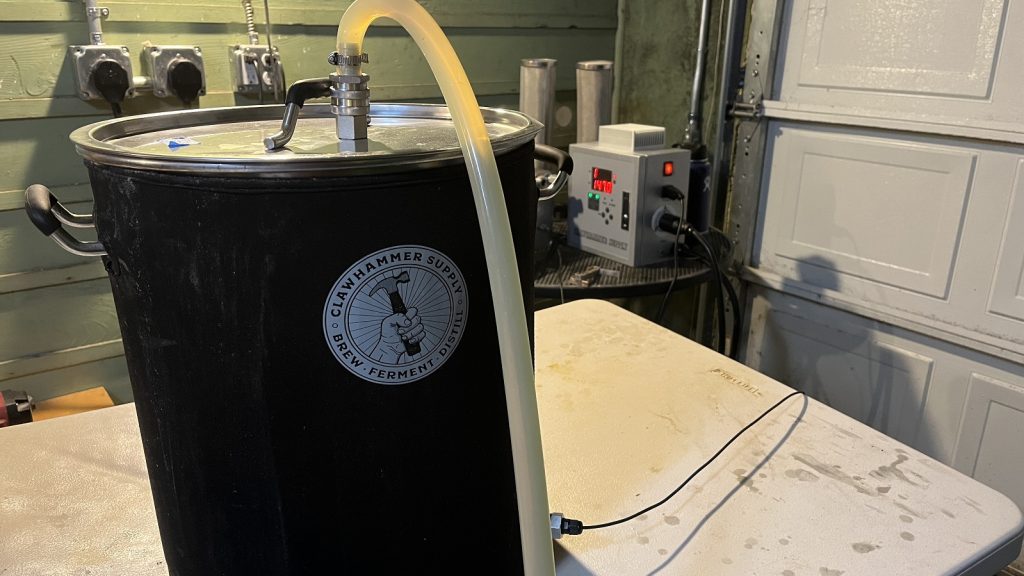
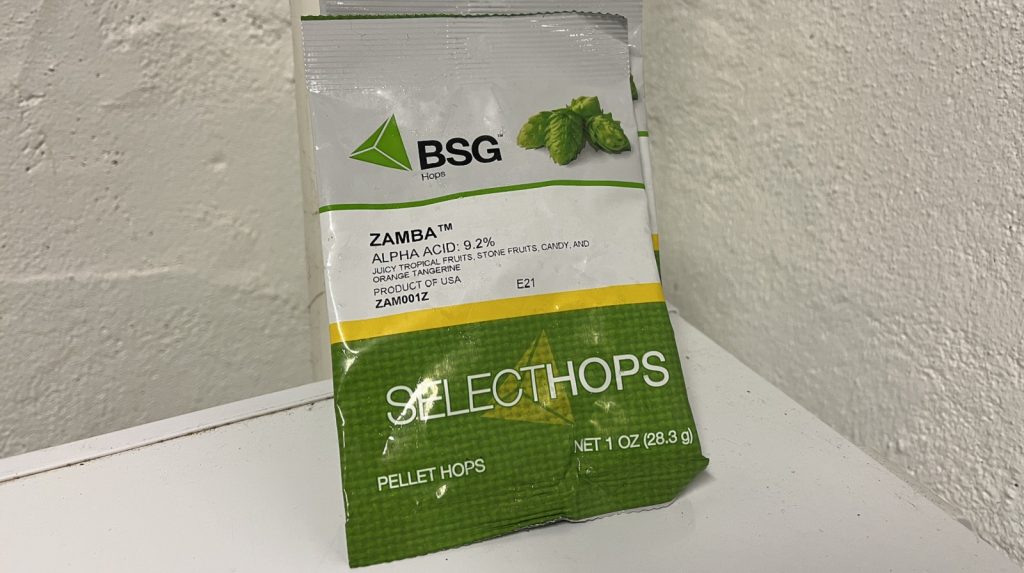
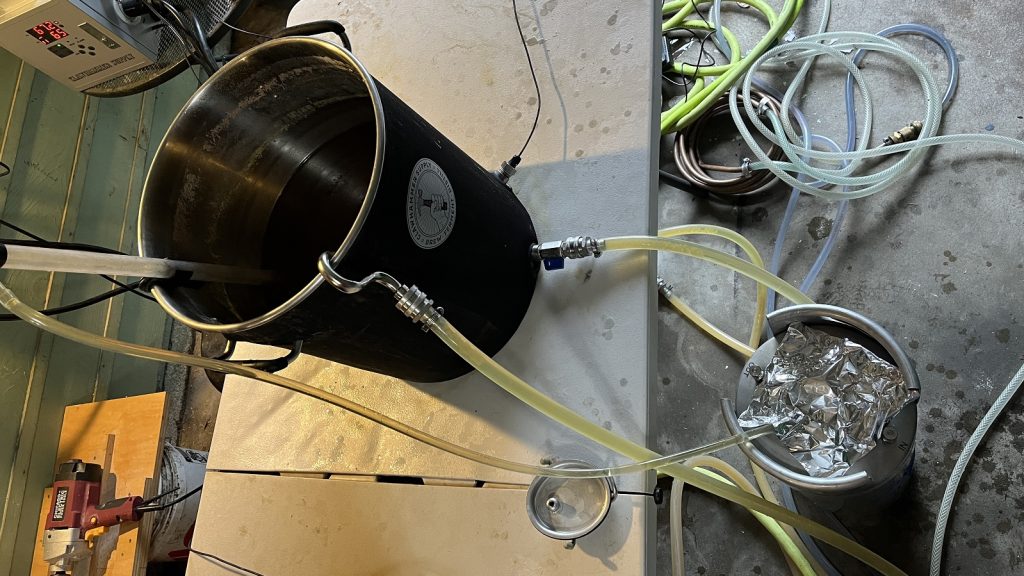
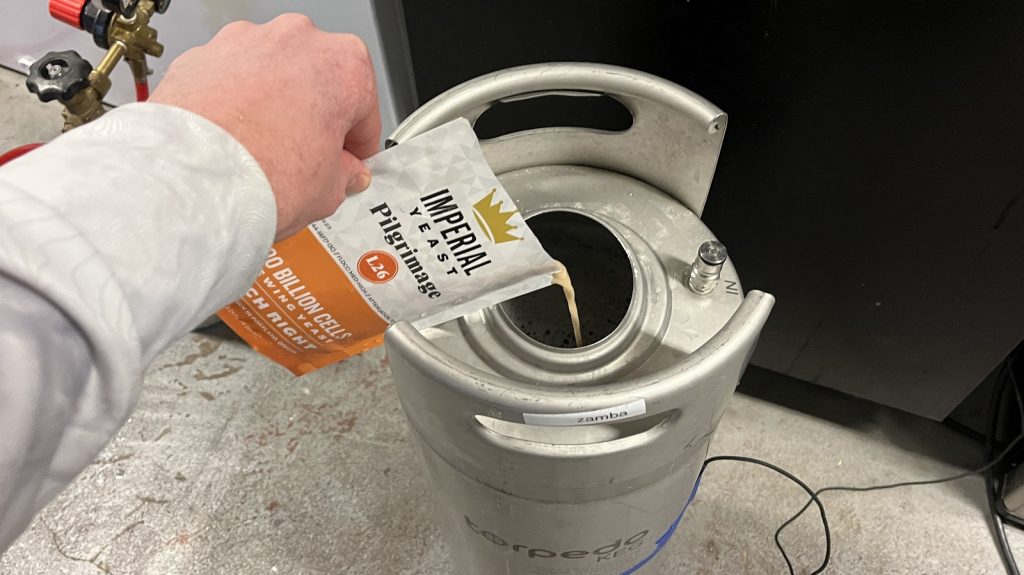
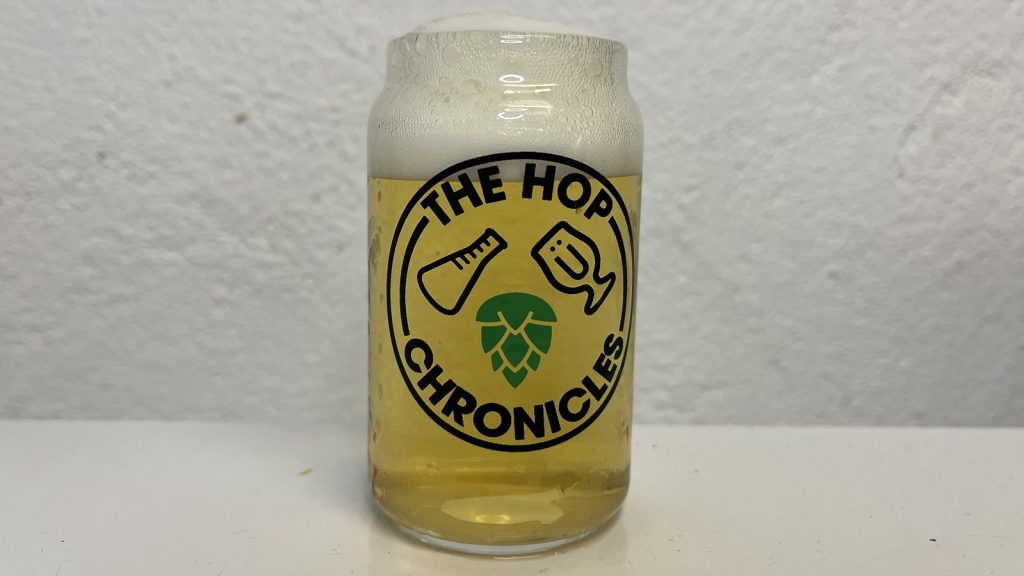

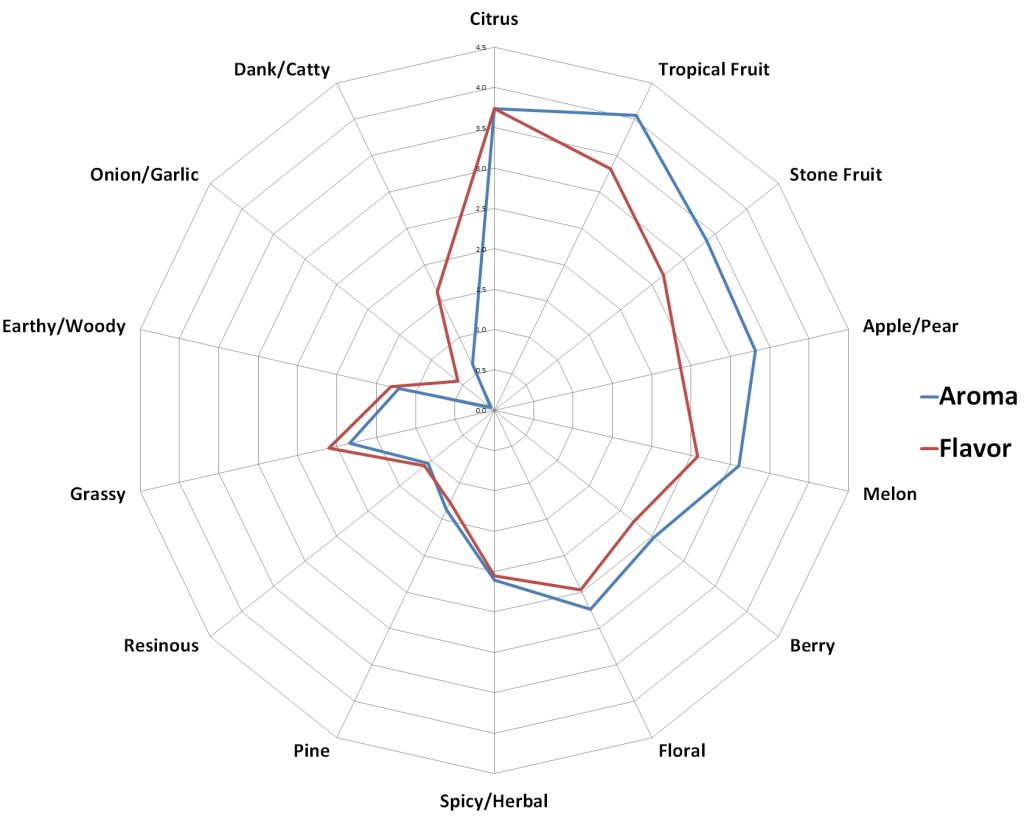
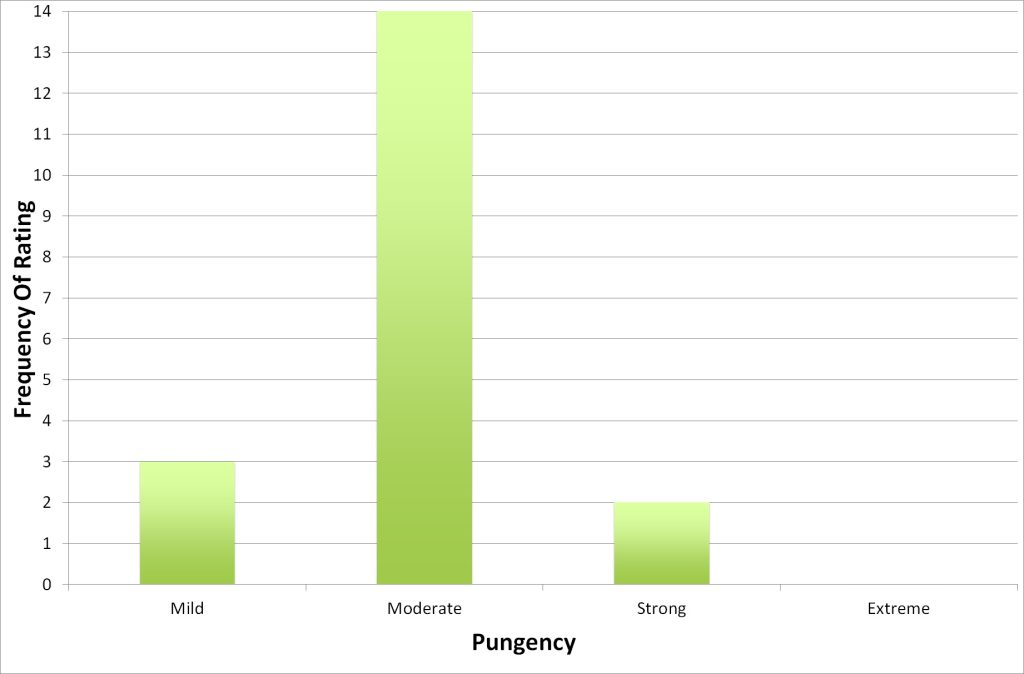
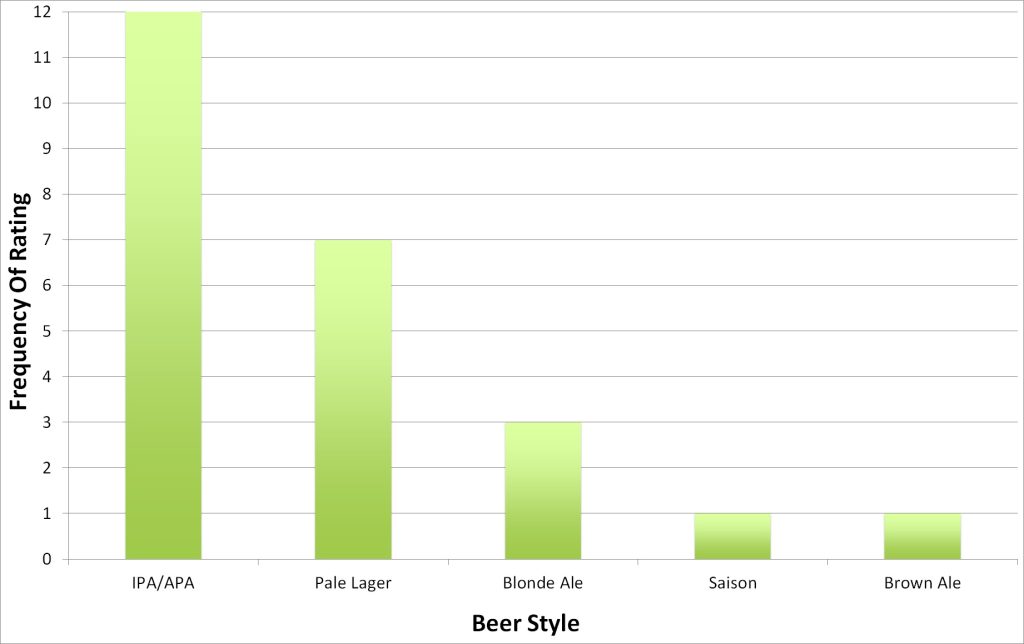
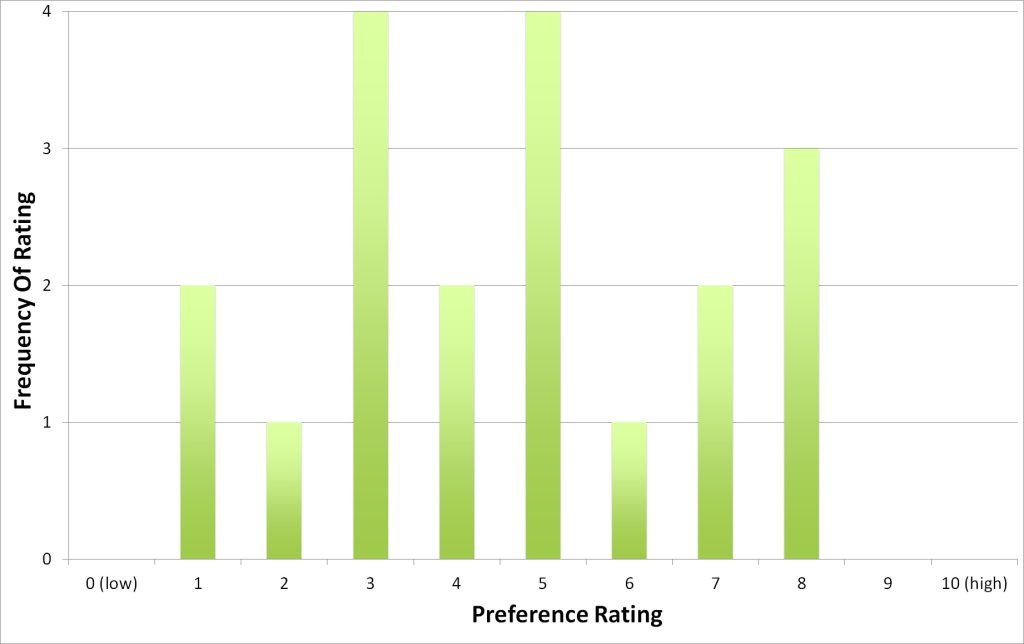











5 thoughts on “The Hop Chronicles | Zamba (2021) Pale Ale”
Nice! I’ve got an IPA on tap now where I combined mostly Zamba with a little Citra late boil and dry hop. It’s definitely got a nice tropical, citrus and pineapple flavor/aroma.
What do you make of the very varied reception the beer got in the test panel? I mean, 7 testers gave it 3 or less.
I think the sensory analysis process might deflate stated preferences. Subjects are served taster sized samples and first they must rate the aroma intensity on 14 different metrics – they are instructed to finish the aroma portion of the survey before taking their first sip. During the aroma survey process (which can take a few minutes), they are often swirling (re: degassing) and warming their glass with their hands in an attempt to push out aromas. I bet stated preference would skew higher if they were served a cold pint and were just able to enjoy it without over-analyzing it (let alone warming and degassing it before imbibing it). Also, I think there’s some expectation bias at play – people have come to expect more complexity out of hoppy beers at this point (and although Zamba was more complex than your average single hop beer, it was still a single hop beer). But this is the industry standard survey for the hop flavor and aroma wheel – so we are sticking with this process.
Was Zamba hops formerly know as Samba?
Looking at the old Samba and new Zamba websites, I’m pretty confident your hunch is correct